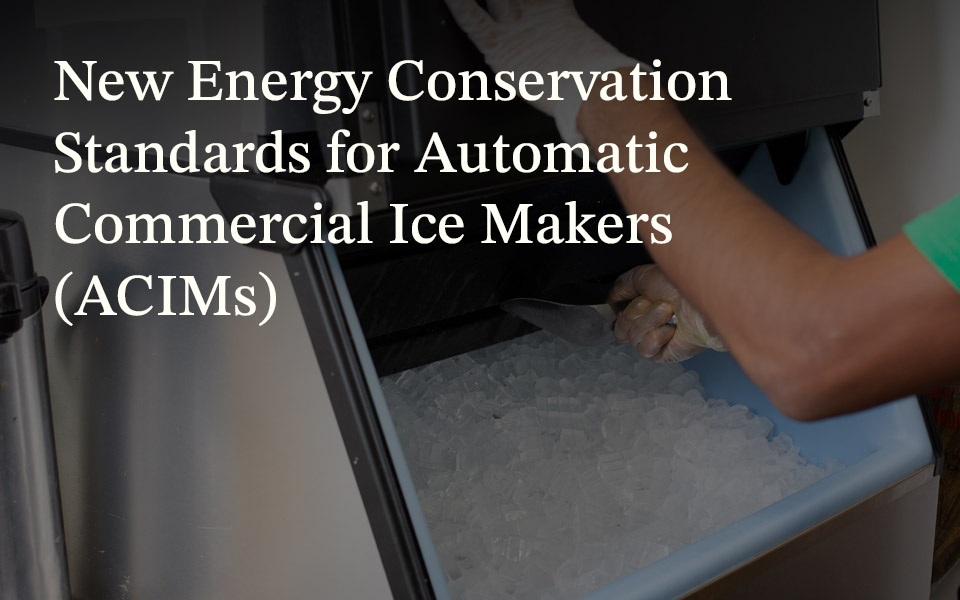
There’s no question that the re-introduction of the natural refrigerant propane (or R-290) into commercial refrigeration was borne out of necessity. With many operators stating corporate sustainability goals and seeking to achieve regulatory compliance, R-290 is one of the few options capable of meeting both strategic objectives. But for all its green benefits, R-290 also delivers other advantages that modern retailers prize: performance efficiencies. Combined, these virtues are helping to overcome safety and servicing concerns to change perceptions of R-290.
R-290 performance efficiencies can be attributed to its excellent thermodynamic properties which are similar to R-404A, such as low back pressure, high volumetric capacity and coefficient of performance. In fact, in Emerson’s independent test labs, R-290 consistently outperforms R-404A in energy efficiencies.
The evolution of modern refrigeration equipment manufacturing and technologies — with an increased emphasis on component and equipment safety — has also helped alleviate concerns about R-290. Regardless, the low maximum charge limit of 150 has largely restricted the use of R-290 to smaller, stand-alone (or self-contained) equipment.
These changing perceptions became apparent recently when Target announced its plans to move toward R-290 based refrigeration systems. Starting in 2016, the retailer stated that all of its new stand-alone coolers with a compressor capacity below 2,200 BTU/h would use R-290.
From an original equipment manufacturer perspective, 2016 was also a turning point for R-290 adoption in the U.S. According to Howell Feig, national sales manager of AHT Cooling Systems USA, more of their customers are moving toward propane.
“From a business perspective, it just makes sense for our customers to use R-290. Our self-contained, R-290 units are eco-friendly, energy-efficient and reliable,” Feig said. “Customers are looking at propane primarily because of its negligible impacts to the environment and the higher efficiency it provides,” he added.
Another misperception about moving to R-290 systems is the question of serviceability. However, many of these low-charge systems are factory-sealed to essentially enable “plug and play” installation. And since they are stand-alone units, they don’t present the complexities found in remote refrigeration systems. Not only can technicians quickly be trained to work on these units, but any problem they might have is isolated — meaning they don’t have to worry about food loss across a whole department.
Although OEMs and operators alike are currently working within the 150g charge limit, the potential to increase that charge would enable additional advances in system design and efficiencies. For example, increasing to 500g (or even 1kg) would allow one compressor to service larger cases. But even with the current 150g charge limit in place, many retailers are more than happy to deploy R-290 systems in their outlets.
Read the full Accelerate America article on changing perceptions around R-290 [pg.14].

Let the Refrigerant Phase-in Begin
Evaluating next-generation commercial refrigerant alternatives in established and emerging...

Reviewing Proposed Energy Efficiency Standards for Ice Machines
Earlier this year, the Department of Energy (DOE) published a notice of proposed rulemaking (NOPR)...

CO2 as a Refrigerant — Criteria for Choosing Refrigerants
This is post two of CO2 as a Refrigerant, a blog series covering the fundamental considerations...
